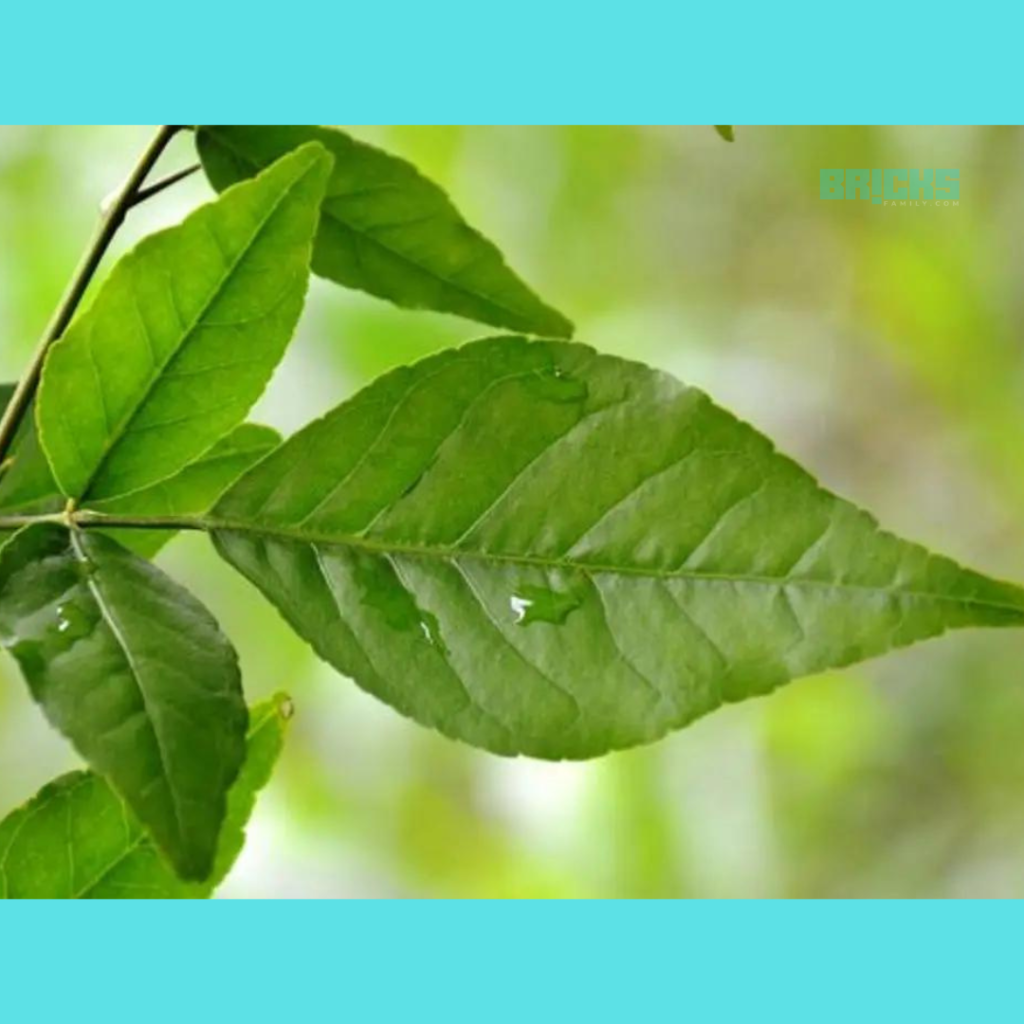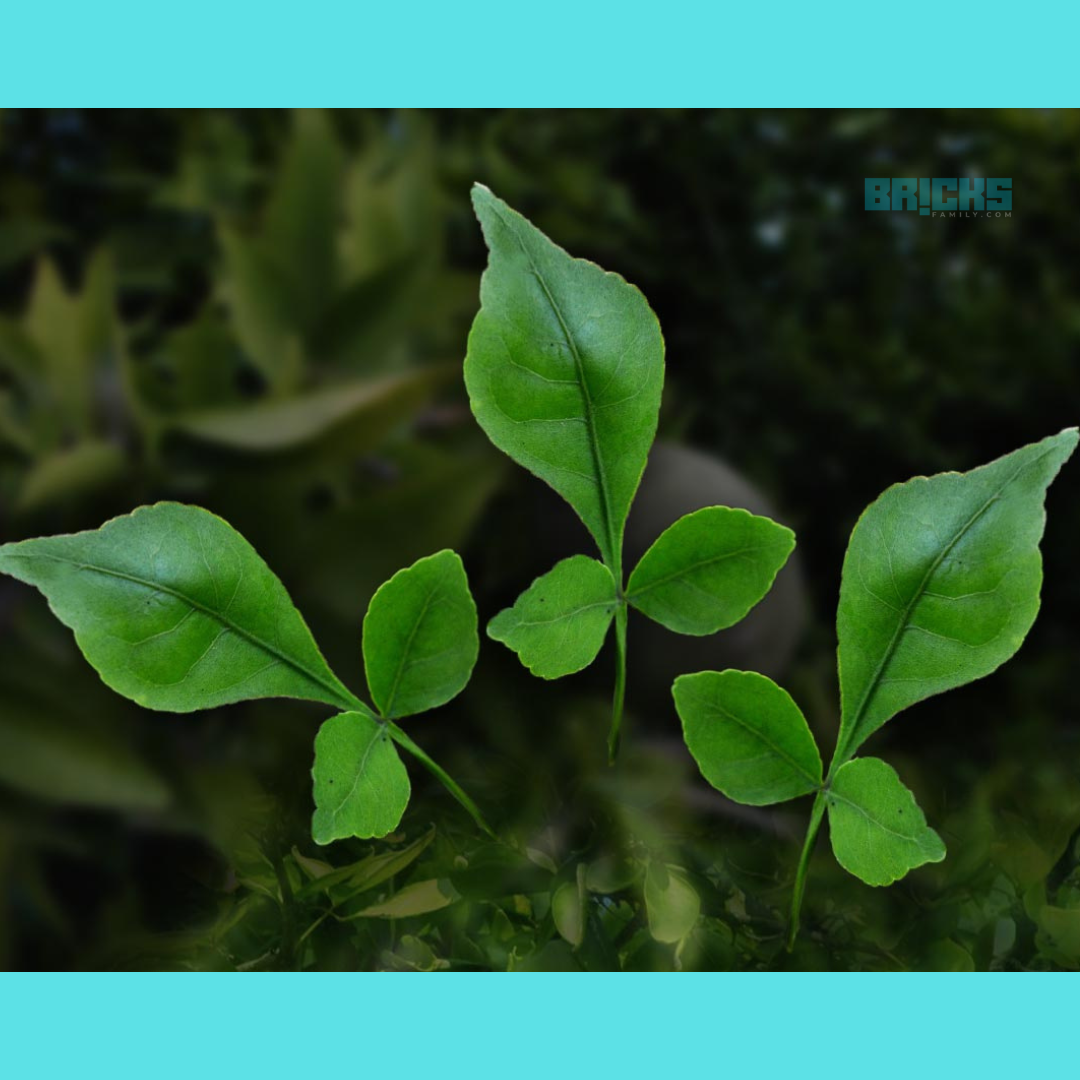Bel Patra, also known as Bilva Patra in Sanskrit, is a revered plant presented to deities. The words Bilva and Patra both refer to bel trees. Aegle marmelos, often known as wood apple, is how Bel Patra is referred to in English. The plant also produces Bel fruits with a firm shell and a moderately tangy flavor. According to the Puranas and Vedas, Bel Patra has social, therapeutic, and cultural qualities. This blog is about Bel Patra – Significance, Religious Meaning & 16 Benefits of Bel Patra.
The Bel Patra plant is revered in Hinduism as a sacred and fruitful tree dedicated to Lord Shiva. To help you turn off the raja-Tama particles in the atmosphere, the plant has a substantial amount of sattvik components that absorb and emit sattvik frequencies.
The trifoliate leaf known as Bel Patra also represents the three eyes of Lord Shiva, Brahma, Vishnu, and Mahesh. These three eyes, or Shaktis, are connected to knowledge, action, and decision-making. In Jainism, the Bel Patra tree is also regarded as lucky. Under this tree, the 23rd Tirthankara Parshavantha is said to have gained nirvana.
Bel Patra in English
Bel, often referred to as bael, bili, or bhel, is known in English as Aegle Marmelos. In English, Bel Patra is the stone apple, wood apple, and Bengal quince. Three wooden sculptures representing the Trinity—Brahma, Vishnu, and Mahesh—make up Bel Patras. The English word “bilva” refers to a bel tree.
Significance of Bel Patra Tree
The Shiva Purana gives a beautiful justification for worshipping the Bel Patra Tree or its leaves. Gods and mankind alike revered the Bel Patra tree. According to the Puranas, Lord Shiva grants all requests to anyone who fervently offers a trifoliate bel Patra to the Shivling.
When the Bel Patra leaf is offered to Shiva, it is claimed to absorb some of Shiva’s energy, and the worshippers carry some of it home with them. One becomes pure and divine by bathing beneath the roots of the Bel Patra tree, which is like washing in all the sacred waters of the universe. Bel-patra offerings also represent renunciation of the three aspects of one’s nature—tamas, rajas, and sattva.

Medicinal Significance of Bel Patra
Bel Patra is a special plant with several therapeutic uses. Vitamins and minerals are present in bel fruit, especially vitamins A, C, calcium, potassium, riboflavin, fibre, B6, B12, and B1. These vitamins and minerals are necessary for the body’s growth and development.
All three doshas, which according to Ayurveda, are vata, pitta, and kapha, are balanced by the plant. Additionally, Bel Patra can be used every day to assist you in managing lifestyle conditions like hypertension, heart issues, and cholesterol.
Before, broken bones were treated with raw bel, turmeric, and ghee.
16 Benefits of Bel Patra Plant
- The Bel Patra tree’s skin, roots, fruits, and leaves are all used to treat various illnesses. The sacred tree can treat various illnesses, including asthma, jaundice, dysentery, anaemia, and bleeding gums.
- The Bel fruit’s tannin helps treat cholera and diarrhoea, while the dry powder treats chronic diarrhoea.
- The plant’s antifungal and antiviral characteristics can be used to treat various bodily ailments.
- Bel leaves are very therapeutic since their extract might assist you in maintaining healthy cholesterol control.
- The oil derived from Bel Patra effectively treats respiratory conditions, including the common cold and asthma.
- A daily meal that includes ghee and ripped Bel fruit will help avoid several cardiac problems.
- Constipation can be cured with bel fruit. Black pepper and salt added to bel fruit pulp aid in removing toxins from the intestines.
- Bel Patra helps control blood sugar levels because of its strong laxative content.
- You can treat rashes and excessive skin perspiration with Bel Patra. It also aids in eliminating bodily odour.
- Your difficulties with hair loss can be resolved by consuming Bel Patra juice. It will soften tough, dry hair.
- Skin spots that could develop due to adverse pharmaceutical effects can be eliminated using Bel Patra.
- Vitiligo and haemorrhoids can be easily treated thanks to the tannin found in Bel Patra fruit. In the past, unripe Bel patra fruit extract was utilized to cure these issues.
- Bael patra aids in the prevention of stomach ulcers since it also includes anti-oxidant components. These ulcers develop due to an imbalance in the stomach’s acid content.
- It has also been demonstrated that bel patra fruit extract has antibacterial properties. It aids in the treatment of numerous bodily infections, according to several researchers.
- Scurvy is a disease that can result from a lack of vitamin C in the body. Blood vessels are affected by this condition, although Bel can help. The rich vitamin source known as bel patra can treat this illness when included in the diet.
- Additionally, bel extracts have anti-inflammatory qualities. Applying Bel extracts to irritated areas is all that is necessary.
- Bel Patra helps regulate blood sugar levels because it is rich in laxatives. It gives your pancreas the energy it needs to produce the insulin needed to control your blood sugar levels when it is a part of your diet.
Bel Patra Story
Bel Patra is credited with creating the universe in Hindu mythology. According to the ancient text of the Skanda Purana, it is the most precious leaf of Lord Shiva. The biggest Mukyapurana relates that Goddess Parvati’s sweat droplet once fell to the Mandranchal Mountain, where the Bilva tree later appeared. As a result, Mata Parvati appears in all of her incarnations. The Goddess Parvati is said to reside in the Bilva tree in all her manifestations, including the leaves, fruits, flowers, and roots.
Religious Meaning of Bel Patra Tree
Using earthen lanterns energized by lightning to worship the Bel Patra tree’s roots is considered auspicious. Anyone who does this is given access to the truth’s knowledge. Additionally, it is said that anyone who touches the Bel Patra plant is cleansed of all sins, negativity, and illnesses.
Vastu Benefits of Bel Patra plant
The Bel Patra plant purges the surroundings of any negative energy and fills them with positive energy, bringing prosperity and good health. Additionally, learning is aided by lighting a lamp beneath the Bel Patra tree.
How to grow Bel Patra Plant at Home
- Please pick up a bel fruit, separate the seeds from the flesh, clean them, and set them on a drying rack.
- To plant the bel seed, create a hole in the soil that is deep enough.
- Water the ground frequently, but watch out not to drown it.
- Remove some dried leaves and mulch them to keep the soil moist.
- After 10 to 12 days, shoots will emerge from the ground.
Taking care of Bel Patra Plant at Home
The Bel Patra plant needs to be maintained as follows:
Climate Conditions for Bel Plant: Bel Plant thrives in a warm climate with plenty of sunlight. As a native of the subtropics, the Bel Patra plant thrives in warm, humid weather. Usually, it modifies a temperature range of 2 to 45 degrees Celsius.
Watering Bel Patra Plant: Bel Patra Plant requires a tiny amount of water when watered. However, it must be watered frequently to produce fruits and for optimum growth. The Bel Patra plant needs extensive watering in the summer but only twice a week in the winter. The plant doesn’t need irrigation during the monsoon.
Appropriate Soil For Bel Patra Plant: The soil types the Bel Patra plant likes to grow include sandy, clay, or stony. However, the plant grows incredibly well on sandy and loamy soil. The soil’s PH level should be between 5-8 to increase the likelihood of fruit production. To cultivate Bel Patra, the soil needed for the plot must be fertile, rich in organic matter, and well-drained.
Protection of Bel Patra Plant: Following are some tips for preserving the Bel Patra plant:
Remove any diseased, damaged, or dead plant parts from the planting area.
Spray eucalyptus, neem, or citrus oil to defend against pest or insect attacks.
How to Apply Fertilizer in Bel Patra Plant?
The topsoil and fertilizer should be mixed before being added to the Bel Patra plant. The plant can correctly absorb nutrients and moisture this way. Keep the plant’s roots intact. Make sure to fertilize the plant from October to January, when it is in its active growing season. After you’ve added the fertilizer, add water right away.
Do’s and Don’ts for Bel Patra Plant
- If the pot lacks drainage holes, don’t overwater the plant.
- Never wet flowers because this could lead to a fungal illness
- It is perfect for giving your Bel Patra plant more than six hours of sunlight.
- Never overwater a plant.
- Bel Patra likes temperatures between 20 and 35 degrees Celsius.
- On Chaturthi, Ashtami, Navami, Chaturdashi, and Amavasya, refrain from picking Bel Patra.
- Never remove leaves off the Bel Patra after nightfall.
How to Choose Bel Patra?
Every time you pick, Bel leaves to present Shivling. You should make sure they have fewer leaves. Bel Patra leaves typically have stripes and chakras that should not be utilized for worship. According to popular belief, Belpatra departs with a fractured Vajra and chakra.
On Shravan Somvar, you should be careful to choose Bel patra leaves that have yet to be trimmed or torn. If you can only find one bel leaf, go for it; however, avoid gathering any torn from the ground.
Why Should You Have Bel Patra in Summers Daily?
In the summer, eating Bel Patra leaves every day can help you avoid various health problems. The following are some of the main advantages of regularly consuming bel patra leaves in the summer:
- increases immunity
- strengthens heart health
- Aids in the fight against indigestion, gas, and bloating
- regulates the blood sugar level
- provides the body with cooling
Summary of Bel Patra Plant
In Hindu traditions, giving Bel Patra has a deeper significance. According to the Shiva Purana, this leaf is one of the six sacred things used to worship Lord Shiva. Numerous Hindu gods are also worshipped in Bel Patra.
Bel Patra is revered for its medicinal and therapeutic powers in Ayurveda. You can live a long, healthy life by including the Bel Patra leaf in your everyday routine. Bel Patra is an auspicious offering to Lord Shiva that has religious significance.
Also Read: 17 Vastu Tips for Agricultural Land
Similar Topics: Assam House Type Designs – Beautiful & Resilient














